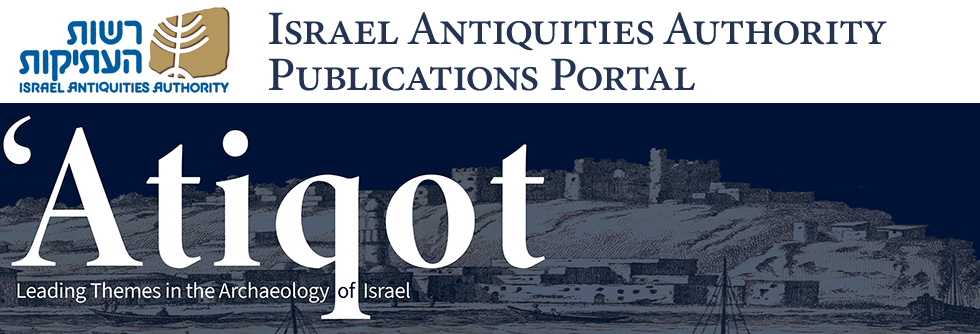Abstract
Evidence of worship and religion in the form of architectural remains is rather scanty before the shift in human behavior, from hunter-gatherers to sedentary communities, and the emergence of permanent settlements. Communal and ritual structures first appeared in the Natufian culture (12,500–9400 BCE) and expanded during the Neolithic period (9400–5300 BCE), alongside the treatment of burials linked to ritual related to ancestor worship. The excavations at Motza’s Final PPNB (7100–6700 BCE) layer exposed many non-residential structures, some presumably used for worship and ritual. Some burials, including the one interpreted here as a shaman burial, included objects of symbolic importance. Cultic structures continued to exist and became more prominent in the LPN (5600–5300 BCE). Architecture and material culture suggest that the non-residential buildings at Motza were designed for community rituals during the PPNB and PN. Interestingly, most of these structures relate to perennial water sources, perhaps indicating their importance in ritual ceremonies.
Keywords
Neolithic, Motza, FPPNB, LPN, cult, worship, non-residential structures, symbolic realm, shaman
Recommended Citation
Khalaily, Hamoudi; Eirikh-Rose, Anna; and Milevski, Ianir
(2024)
"The Emergence of Worship and Religion in the Neolithic Period: Direct and Indirect Evidence from Moẓa (Motza),"
'Atiqot: Vol. 116, Article 2.
DOI: https://doi.org/10.70967/2948-040X.1122
Available at:
https://publications.iaa.org.il/atiqot/vol116/iss1/2
Included in
Agriculture Commons, Biblical Studies Commons, Christianity Commons, History of Art, Architecture, and Archaeology Commons, Islamic Studies Commons, Science and Technology Studies Commons, Urban Studies and Planning Commons

